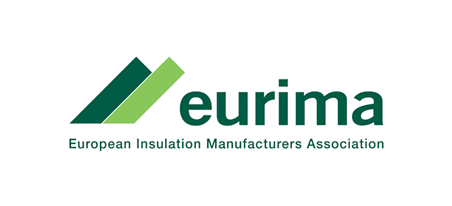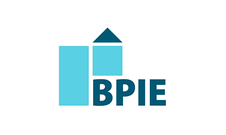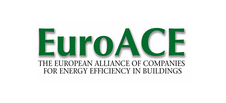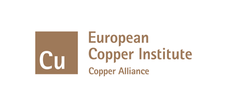Search eceee proceedings
Bringing the home in the lab: consumer relevant testing for household electrical products
Panel: 7. Appliances, products, lighting and ICT
This is a peer-reviewed paper.
Authors:
Christoforos Spiliotopoulos
, ECOS (European Environmental Citizens Organisation for Standardisation), Belgium
Rainer Stamminger, Bonn University, Institute of Agricultural Engineering, Household and Appliance Technology Section, Germany
Hans-Paul Siderius, Netherlands Enterprise Agency, The Netherlands
Abstract
Product testing is widely used to assess the characteristics, e.g. performance, energy consumption of a product. The procedures for executing the tests, including measurements and processing of measurement results, can be contained in standards. Standards should – amongst other – ensure that product tests are carried out in a uniform, standardized way so that the results accurately reflect product characteristics and differences between products in case several products are tested, and are not due to variations in conditions. Therefore, standards should produce results that are repeatable, reproducible and valid at a reasonable cost.
A number of stakeholders have questioned the validity of several standards: the results that these standards provide are different from what a consumer may experience in practice. In the end this can have negative consequences for the trust of consumers in the policy instruments (energy labels, minimum efficiency requirements) that use these standards and an energy savings deficit compared to what was expected by policy-makers. They call for standards that better reflect ‘real-life’ conditions, meaning those conditions that consumers experience at home. However, unlike the other criteria that standards should meet, there is no methodology to assess the correspondence to real life (validity) of a standard. This paper develops such a methodology and presents the results for several household electrical appliances: washing machines, refrigerators and vacuum cleaners.
Downloads
Download this presentation as pdf: 7-039-17_Spiliotopoulos_presentation.pdf
Download this paper as pdf: 7-039-17_Spiliotopoulos.pdf
Panels of
1. Foundations of future energy policy
2. Policy: governance, design, implementation and evaluation challenges
4. Mobility, transport, and smart and sustainable cities
5. Buildings and construction technologies and systems
6. Buildings policies, directives and programmes
7. Appliances, products, lighting and ICT
8. Monitoring and evaluation: building confidence and enhancing practices























